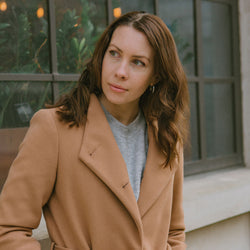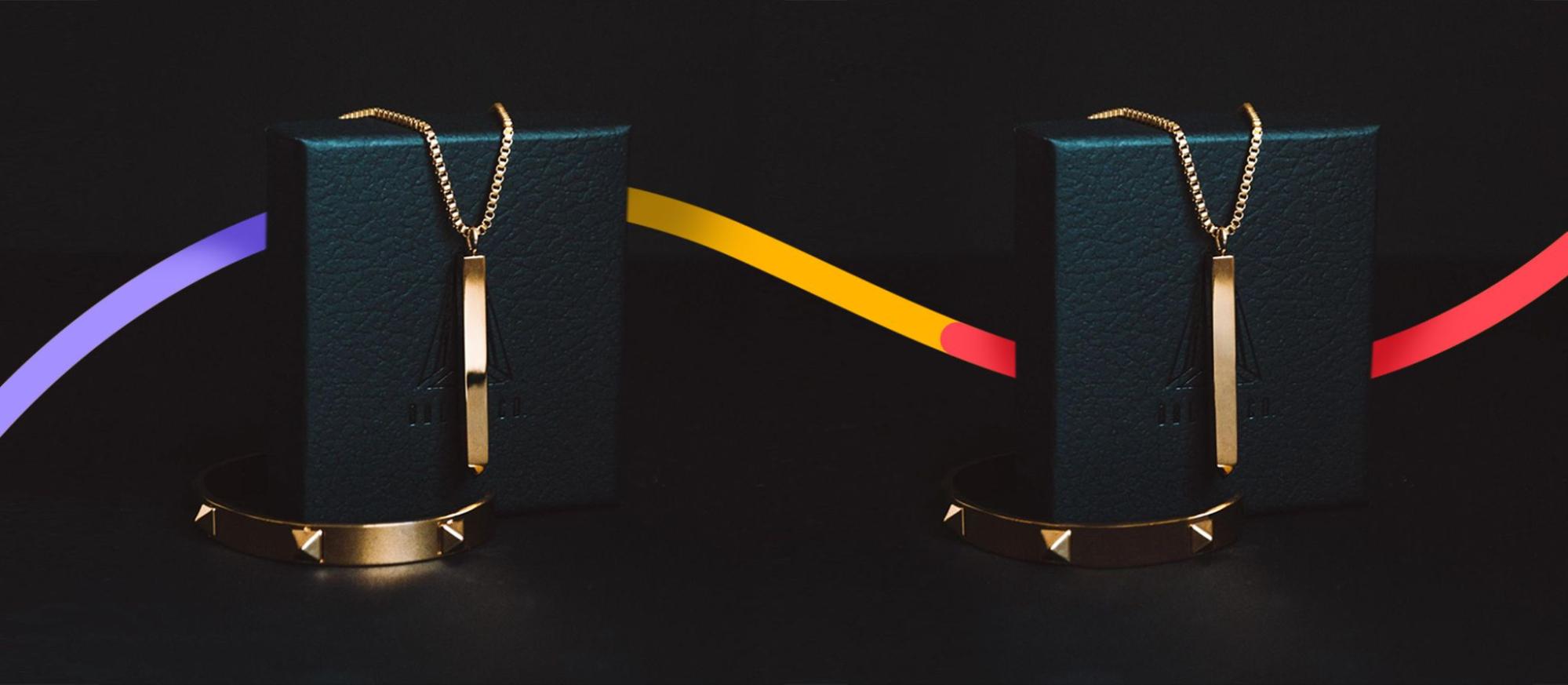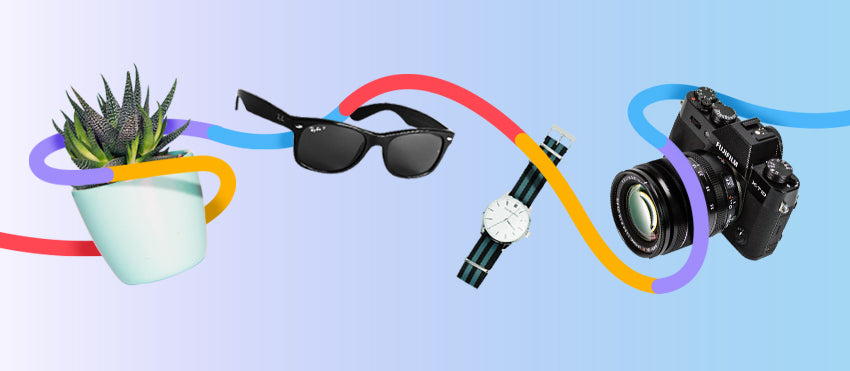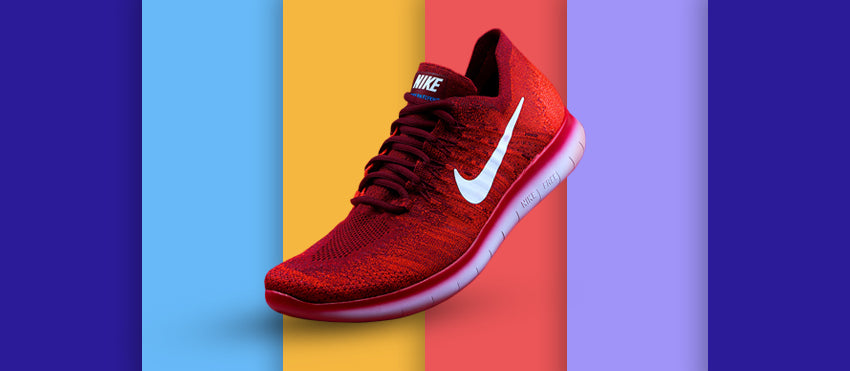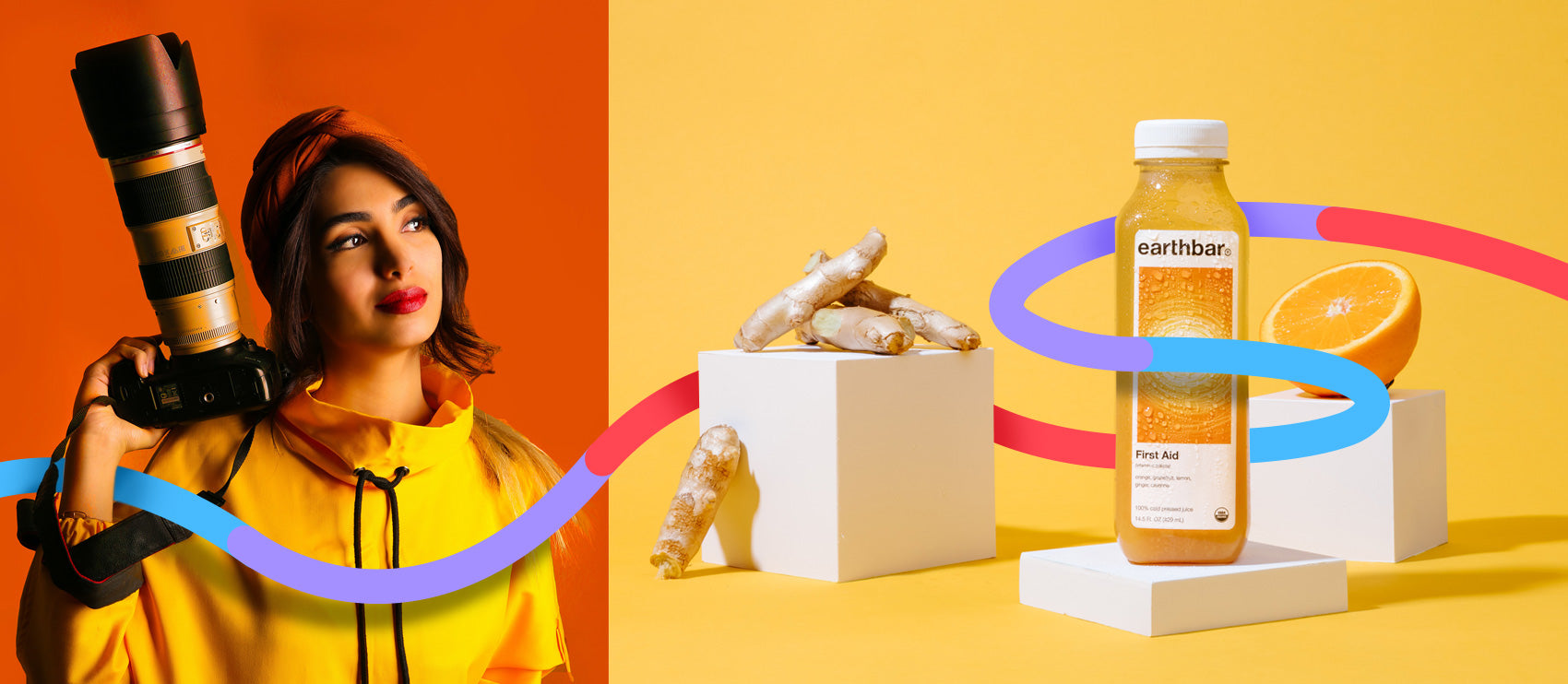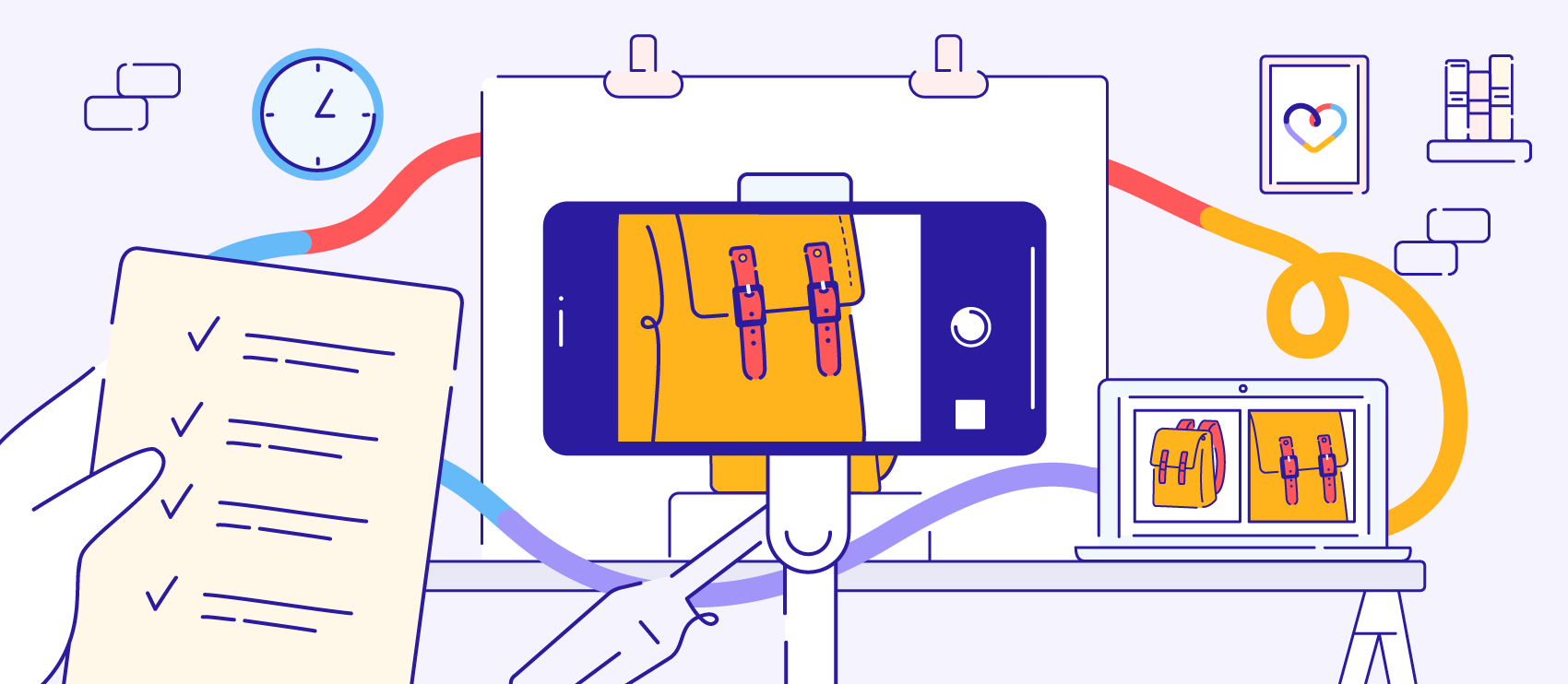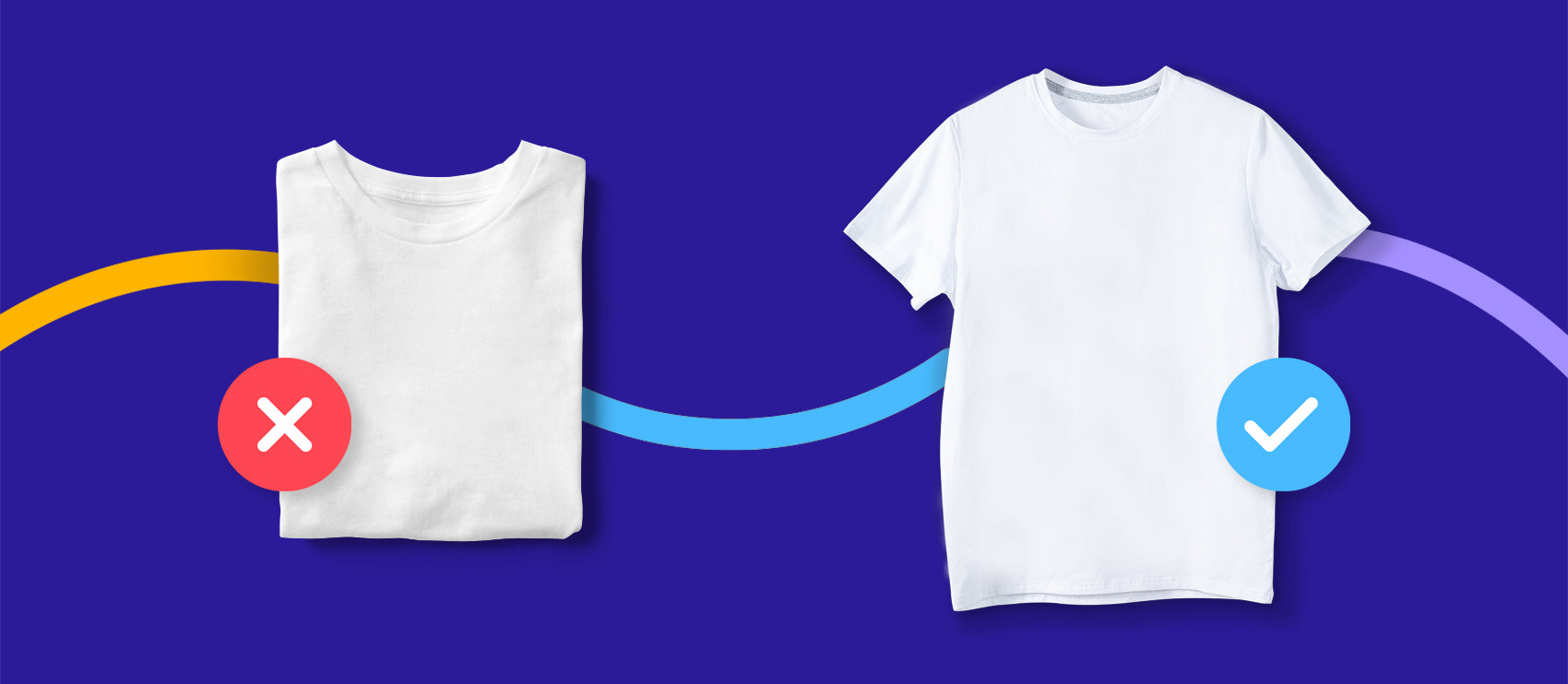“What's in your camera bag?” It’s a question many photographers are curious about, especially in specialized fields like sports photography. After all, high-speed action demands sports photography equipment that can keep up.
But beyond the camera and lens, what other gear is essential? Below is a complete guide to help you gear up for your sports photography business and help you catch those game-changing moments.
Picking the right camera
Shooting CrossFit events up close and personal or capturing athletes on a large football field will require very different gear setups. Your kit choice will depend on the type of sports you want to cover and your budget. But remember, you don’t always need to buy new—you can also look for good quality refurbished and second-hand equipment.
Let's explore some options:
High-end professional gear examples: Nikon Z9, Canon EOS R3, Sony Alpha 1
- Pros: Exceptional speed, superior image quality, robust build
- Cons: High cost, steep learning curve
- Ideal for: Professional sports photographers covering major events
Widely-published sports photographer Will Palmer opts for the Nikon Z9, which retails for around $5,500. The camera boasts 45MP resolution and 20 frames per second burst rate, which makes it suitable for large prints and fast action.
He often pairs it with a 400mm f/2.8 lens, which can retail up to $14,000. It’s a significant investment, but for Will, it’s been worth it. “[It] provides a beautiful depth of field, making the subject stand out sharply against a blurred background,” he says. “This combination brings the action to life and helps make your work stand out.”
Other options include:
- Canon EOS R3 (Mirrorless)
- Sony Alpha 1 (Mirrorless)
- Sony Alpha 9 II (Mirrorless)
- Canon EOS-1D X Mark III (DSLR)
- Nikon D6 (DSLR)
Higher-end gear will deliver results. However, that’s not to say it’s a necessity, especially if you’re just starting. It’s crucial to consider whether you can deliver a return on your investment and own any equipment you can use with your chosen camera system.
Mid-range examples: Lumix G9 Mark II, Sony A7 III, Fujifilm X-H2S
- Pros: Good balance of performance and affordability, lightweight
- Cons: Smaller sensor size may affect low-light performance
- Ideal for: Serious enthusiasts or professionals on a tighter budget
In the mid-range, you’ll find plenty of powerful alternatives to full-frame cameras and some full-frame options with smaller resolutions:
Crop sensor cameras:
- Fujifilm X-T4 (APS-C)
- Fujifilm X-H2S (APS-C)
- Panasonic Lumix G9 Mark II (Micro Four Thirds)
- Sony A6600 (APS-C)
- Olympus OM-D E-M1 Mark II (Micro Four Thirds)
Full-frame cameras:
- Nikon Z5 (Entry-level full-frame)
- Canon EOS RP (Entry-level full-frame)
- Sony A7 III (Mid-range full-frame)
- Nikon Z6 II (Mid-range full-frame)
- Panasonic Lumix S5 (Mid-range full-frame)
These cameras offer a good balance of performance and affordability, which works well for enthusiasts and professionals on a budget. The crop sensor options often give you high-speed shooting and advanced autofocus systems, while the full-frame options offer better low-light performance and image quality. The downside? These cameras sometimes have lower resolutions or fewer advanced features than their higher-end counterparts.
Sports photographer and videographer Alex Wukowich from Aperture Sports Media favors Lumix G9 Mark II, a mirrorless micro four-thirds camera retailing around $1,800. Alex has captured numerous sports events, such as BMX racing, lacrosse and ice hockey, proving that you don't always need a full-frame camera to be a professional sports photographer. The best part? His camera is light and portable—handy if you travel often or want to slim down your gear.
What else should you look for?
Besides budget, here are a few camera-specific factors to consider when making your purchase:
- Burst rate: For fast-action sports, look for cameras with high frames per second (fps)
- Autofocus system: Advanced tracking capabilities are crucial for following moving subjects
- Low-light performance: Important for indoor sports or evening games
- Weather sealing: Essential for outdoor sports in various conditions

Chris Onuoha capturing a powerlifting competition. Photo by Anete Lusina
How to build your lens collection
Picking suitable lenses is just as important as choosing your camera body. You can rent lenses to test them out first, giving you a better idea of which focal lengths suit your preferences.
Here are some lens considerations:
- Zoom lens: Offers flexibility for various shooting distances, ideal for capturing both wide shots and close-ups in dynamic or time-critical sports environments
- Prime lens: Provides superior sharpness and wider apertures, perfect for low-light conditions and creating a shallow depth of field to isolate athletes.
- Reach: Longer focal lengths (200mm+) are crucial for field sports, allowing you to capture detailed action shots from a distance.
- Wide-angle options: Useful for indoor sports, close-up action shots, and capturing the entire scene for immersive and dramatic perspectives.
Having the appropriate lens can make a significant difference in capturing those split-second, memorable shots. Alex shares a perfect example. “At the British BMX Championships, we had a long-jump competition in the evening after racing,” he says. “My f2.8 lens allowed me to get the shots I needed without cranking up the ISO too high. I captured an atmospheric shot I love of a rider jumping head-on towards me!”
For photographer and videographer Chris Onuoha from ACMedia, upgrading from a kit lens to a prime lens meant a dramatic increase in high-quality detail capture, such as the chalk being illuminated during a powerlifting competition. Similarly, choosing the right focal length matters, too.
Will recounts a crucial moment from the Commonwealth Games at the Lee Valley Velodrome, “I captured a dramatic photo of Matt Walls as he crashed over the barrier. The wider shots I took, compared to colleagues on longer lenses, helped convey the scale of the crash. They showed not only Matt Walls, but also other riders colliding with the boards. Including branding and context in these wider images also added depth to the story.”
Above all, Alex advises investing in quality lenses. “There's a saying, ‘date the camera, marry the lens.’ You'll change cameras often throughout your career, but your lenses will go with you from camera to camera. Invest more time and money into selecting a quality lens suited to what you shoot instead of focusing on what the latest fancy camera can do,” he says.
For Will, a fast lens with a maximum aperture of f/2.8 is a top pick for beginners. “When you're starting out, you often find yourself shooting in less-than-ideal lighting conditions—whether at indoor venues or during late afternoon events. A lens with a wide aperture allows you to capture clearer, more detailed images in these challenging conditions,” he says.
But don’t overlook budget options, such as 50mm lenses. Chris points out that beginners may feel inclined to shop for pricier options from the start. However, having a 50mm lens—costing as little as $125 for Canon DSLRs—can give an affordable entry into the industry with crisp results.
Do you want to learn more about choosing the right gear setup and shooting settings for different sports scenarios? Check out this guide to improving sports photos.
Supporting equipment
While the right camera and lens are necessary, supporting equipment can make or break your sports photography experience. From protecting your gear to ensuring stability and comfort during long shoots, these accessories are vital in capturing those perfect moments.
Here’s a list of items for you to consider, some more essential than others:
- Camera bags
- Rain covers
- Tripods and monopods
- Neck straps and harnesses
- Filters
- White and gray cards or ExpoDisc filter
- Extra batteries and chargers
- White balance cards
- Portable seats/stools
- Memory card readers and pouches
- Plasters, painkillers, and energy bars or gels
Pro tip: create a dedicated space for each piece of equipment. “I like to compartmentalize all my gear, so everything has its own bag inside my camera bag (also really handy for taking flights!). Where possible, everything is labeled, particularly SD cards, which I always need to keep track of,” says Alex.
Having labels on your equipment also ensures it doesn’t get mixed up with other photographers’ gear during busy events, Chris adds.
For extra weather protection, Alex recommends getting some weatherproofing spray and occasionally spraying your bag to increase water resistance. Inside, you can put a few silica gel bags to keep the air dry.
What else? Will adds, “One piece of unconventional equipment I always carry, which others might not immediately think of, is a collection of cable adapters. This includes a spare card reader. Even if you don’t end up using them, these items can greatly help fellow photographers or colleagues in need on match day, too.”
Lighting equipment
Are you planning on photographing individual or team headshots? If so, investing in lighting equipment, such as speedlights and other types of off-camera flashes, is a good idea. It’s not always possible to rely on natural light, especially in sports venues. That’s why having even a simple lighting kit will give you consistent, well-lit portraits.
Consider including:
- Speedlights for on-camera and off-camera use
- Light modifiers like softboxes or umbrellas for softer light
- Remote triggers for off-camera flash setups
- Reflectors for fill light in outdoor situations
But, if you’re stuck without any lighting equipment, reach for a lens with a wider aperture, like Will did whilst shooting an indoor hockey game in a poorly lit venue. “The lighting was uneven and dim, leading to high ISO settings on my Nikon Z9 that resulted in noisy images I wasn’t happy with,” he explains.
“To overcome this, I switched from my 24-70mm f/2.8 lens to the 85mm Sigma f/1.4 ART lens. The wider aperture of the Sigma lens allowed me to gather more light, improving the image quality and reducing the need for excessively high ISO settings.”
Post-processing tools
For some sports photography assignments, you may not need to apply any post-processing, just culling the successful shots. However, it’s more than likely that you will need to build sports photo editing skills to deliver professional results.
Professional-grade editing apps like Adobe Lightroom or Capture One are popular for photo editing software. However, for efficient and high-quality editing, especially when dealing with bulk edits, many sports photographers outsource to editing services like Path. Outsourcing lets you offload the time-consuming task of editing, freeing so you can focus on shooting and client relationships.
But how does a professional workflow look in practice? Will emphasizes the importance of speed in post-processing, especially for high-profile events. "During Premier League and Champions League football matches, images are often sent live from pitchside to a remote editor," he explains.
Will uses CameraBits's Photo Mechanic for quick culling and organizing, followed by Adobe Photoshop for minor adjustments. This streamlined process allows him to deliver high-quality images promptly, meeting tight deadlines and client expectations.
Chris adds that post-processing not only helps enhance and color grade the images but can fix challenging venue environments with the help of tools like Denoise, found in apps like Lightroom.
Scoring the right equipment is just the beginning
Selecting the right sports photography equipment is crucial, but it's only the first step. Great sports photos aren't just about having the latest gear—they're about capturing the emotion, energy, and decisive moments. Experiment with different equipment and techniques as you build your kit and level up your skills.
And if you want more time away from your computer screen, our expert team of editors at Path can handle your post-processing so you can focus on capturing the thrill of the game.
Sports photography equipment FAQs
What equipment does a sports photographer use?
Sports photographers typically use DSLR or mirrorless cameras with fast autofocus, telephoto lenses (70-200mm or longer), wide-angle lenses, monopods, high-speed memory cards, and weather-sealed gear. Additional equipment may include speedlights and remote triggers.
What do sports photographers use?
They use professional-grade cameras like the Nikon Z9 or Canon EOS R3, or mid-range options like the Sony A7 III. Fast telephoto zoom lenses (70-200mm f/2.8) and prime lenses (300mm, 400mm) are common. Post-processing software or outsourced editing services like Path are also essential.
What brand is best for sports photography?
There's no single "best" brand, but Canon, Nikon, and Sony are popular among professionals, while Fujifilm and Panasonic offer excellent mid-range options. The best choice depends on your budget, specific needs, and familiarity with different systems.
How do I get high-quality sports photos?
- Use a camera with fast autofocus and high frame rates
- Invest in quality lenses, particularly fast telephoto lenses
- Master your camera settings, especially shutter speed and continuous autofocus
- Understand the sport you're photographing to anticipate key moments
- Practice techniques like panning
- Shoot in RAW format for better post-processing flexibility
- Develop post-processing skills or outsource to professional editing services like Path
- Experiment with different angles and compositions


